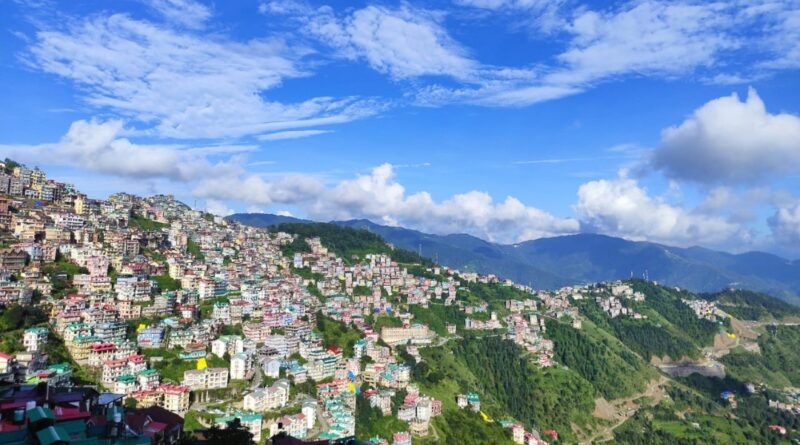Building for Tomorrow: Himachal Tightens Construction Rules to Protect Lives and Landscapes
In a bold step toward safer cities and resilient communities, the Himachal Pradesh government has made it mandatory for all urban construction projects—both public and private—to submit geological and structural design reports before breaking ground. This move comes in response to the growing threat of natural disasters like landslides, flash floods, and earthquakes that have repeatedly shaken the hill state.
For years, experts and residents have raised alarms about buildings collapsing during extreme weather events, especially in hilly regions where the terrain is fragile. Now, the state’s Town and Country Planning (TCP) Department is taking action to ensure that every new structure is built with safety and sustainability in mind.
TCP Minister Rajesh Dharmani emphasized the urgency of the decision: “The main reason for the destruction of buildings in natural disasters has been the absence of proper structural designs and engineering inputs. This will no longer be allowed.”
The new rules require builders to submit structural stability reports from certified engineers and geological assessments as part of their construction proposals. The devastating monsoons of 2023, which led to the collapse of dozens of buildings, served as a wake-up call for stricter oversight.
During a recent meeting with the central disaster management team, officials highlighted the vulnerability of urban buildings in Himachal. The central team strongly recommended tougher regulations to prevent further loss of life and property.
In addition to design requirements, the government has introduced new setback rules: buildings must now be at least 5 metres from drains and 7 metres from rivers or ravines—up from the previous 3 and 5 metres. In Shimla and similar areas, taller buildings (up to five storeys) will only be allowed on roads that are at least five metres wide. In narrower areas, only two-storey buildings with attics will be permitted.
This policy marks a turning point in Himachal’s approach to urban development. It’s not just about building more—it’s about building smarter and safer.
Local engineers and citizens have welcomed the move but stress that enforcement is key. “Without on-ground enforcement, even the best policies can fail,” said a Shimla-based civil engineer. “The authorities must ensure that no construction proceeds without proper clearance.”
With these new regulations, the government hopes to curb unsafe construction practices and pave the way for a safer, more resilient future in the hills.



